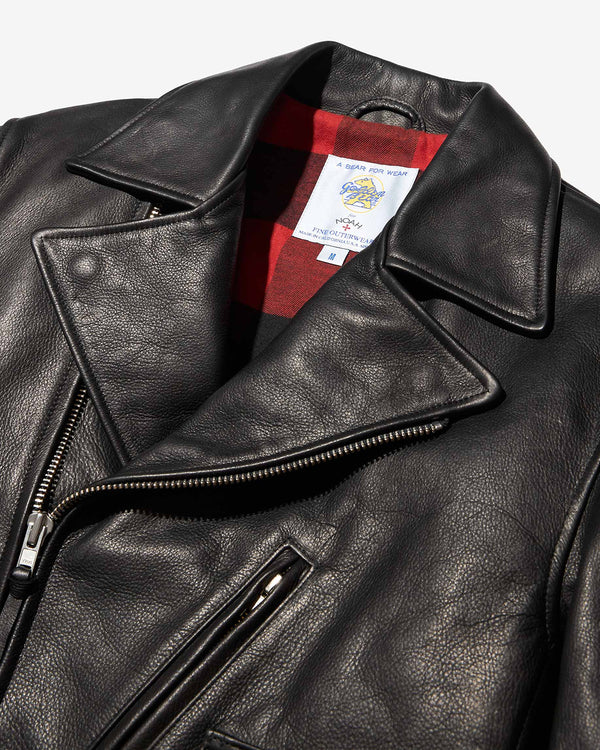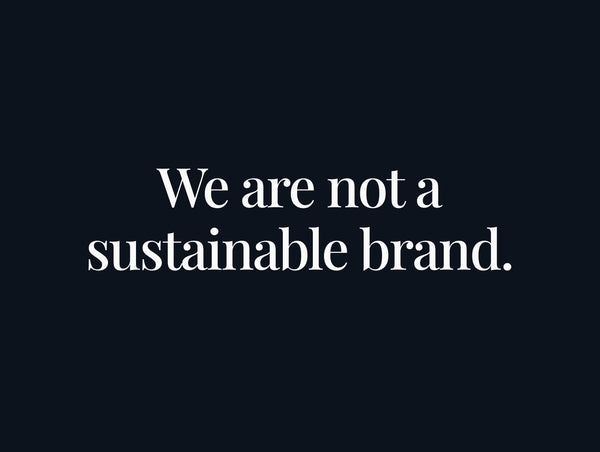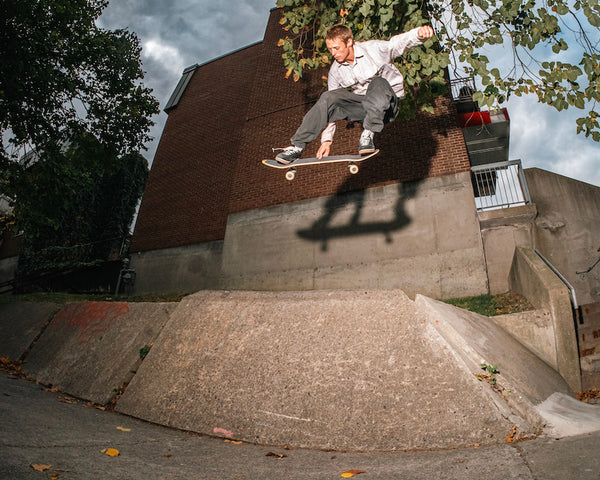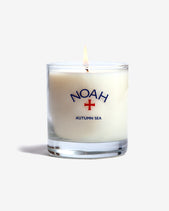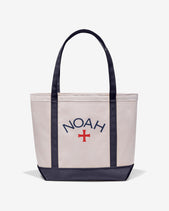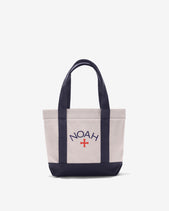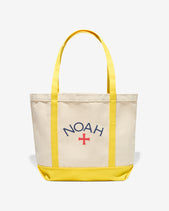Can you talk us through your process in upcycling materials to make your rugs?
After graduating from the Textile Department of Bunka Fashion College, I joined a fabric factory in Yamanashi Prefecture as a part-time worker. There, I was exposed to a variety of fabrics on the weaving loom, but when I saw how much was being discarded every day, I began to wonder what I could do with the fabric, and this led me to the technique of Sakiori.
SAKIORI is a traditional technique that has been used since the Edo period (1603-1868). It is a fabric made by weaving thin strips of damaged or unwanted fabric as the weft and hemp threads as the warp. The material product is cut with scissors and made into strings, which are used as the weft, and the warp is woven with cotton threads prepared by the weaver. The threads are found and used for their softness and strength.

Is there a certain aesthetic you aim for when making a rug?
I started making rugs because I didn't want to make clothes out of fabrics that had failed to serve their purpose. I think that if we remake fabrics made for human convenience into something that becomes a part of daily life rather than a part of fashion, there will be more contact with people and more opportunities to come into contact with the fabric as a fabric, and the original role of the fabric will be fulfilled. I am also always conscious of color combinations. The Noah t-shirts this time have several different colors within the same color, so I was conscious of the color balance there.
How does the quality of the Noah garments lend to the properties of a rug?
The scissors went well when cutting the fabric because of the quality of the original material, and the piece was cohesive when made into a rug. I don't think I should compare it with others, but I have been so focused on making Noah rugs lately that I haven't been weaving with other fabrics, so perhaps when I touch other fabrics I will notice again how good Noah fabrics are.

How did you find using Noah garments to make this special run of rugs?
I was frankly delighted when I received an offer from NOAH, a global brand. At first, I did not understand the brand that deeply, but as I got to know the brand through friends who were working there, I came to understand the brand's philosophy and fell in love with it more and more.I was surprised to find that there are so many T-shirts that can no longer be sold, but it is more rewarding for a product to be part of someone's life than to sit in a warehouse, and the Not Dead Yet! The Not Dead Yet! program was in line with my philosophy, so it was easy for me to do it.

What music are you listening to when you are in your studio?
I play reggae all the time now. It is music that I have been familiar with since I was a teenager, so perhaps it fits my rhythm. I listen to all kinds of music, but I keep coming back to reggae without realizing it.

How long does it take you to make one rug?
The pace is about one piece every two days. I work about 10 hours a day, from the process of cutting T-shirts to setting the threads on the loom and post-processing the finished woven pieces.


Where do you draw design inspiration from?
I value what I feel and see when I visit various places, both in Japan and abroad. I value the time I spend for my input, such as the designs of streets and buildings that are unique to the area, irregular patterns and patterns, etc. I then weave them into the brand's image and color. I then weave the brand's image and colors into my work.

Can you talk us through your process in upcycling materials to make your rugs?
After graduating from the Textile Department of Bunka Fashion College, I joined a fabric factory in Yamanashi Prefecture as a part-time worker. There, I was exposed to a variety of fabrics on the weaving loom, but when I saw how much was being discarded every day, I began to wonder what I could do with the fabric, and this led me to the technique of Sakiori.
SAKIORI is a traditional technique that has been used since the Edo period (1603-1868). It is a fabric made by weaving thin strips of damaged or unwanted fabric as the weft and hemp threads as the warp. The material product is cut with scissors and made into strings, which are used as the weft, and the warp is woven with cotton threads prepared by the weaver. The threads are found and used for their softness and strength.

How long does it take you to make one rug?
The pace is about one piece every two days. I work about 10 hours a day, from the process of cutting T-shirts to setting the threads on the loom and post-processing the finished woven pieces.

Is there a certain aesthetic you aim for when making a rug?
I started making rugs because I didn't want to make clothes out of fabrics that had failed to serve their purpose. I think that if we remake fabrics made for human convenience into something that becomes a part of daily life rather than a part of fashion, there will be more contact with people and more opportunities to come into contact with the fabric as a fabric, and the original role of the fabric will be fulfilled. I am also always conscious of color combinations. The Noah t-shirts this time have several different colors within the same color, so I was conscious of the color balance there.
How does the quality of the Noah garments lend to the properties of a rug?
The scissors went well when cutting the fabric because of the quality of the original material, and the piece was cohesive when made into a rug. I don't think I should compare it with others, but I have been so focused on making Noah rugs lately that I haven't been weaving with other fabrics, so perhaps when I touch other fabrics I will notice again how good Noah fabrics are.

How did you find using Noah garments to make this special run of rugs?
I was frankly delighted when I received an offer from NOAH, a global brand. At first, I did not understand the brand that deeply, but as I got to know the brand through friends who were working there, I came to understand the brand's philosophy and fell in love with it more and more.I was surprised to find that there are so many T-shirts that can no longer be sold, but it is more rewarding for a product to be part of someone's life than to sit in a warehouse, and the Not Dead Yet! The Not Dead Yet! program was in line with my philosophy, so it was easy for me to do it.

What music are you listening to when you are in your studio?
I play reggae all the time now. It is music that I have been familiar with since I was a teenager, so perhaps it fits my rhythm. I listen to all kinds of music, but I keep coming back to reggae without realizing it.

